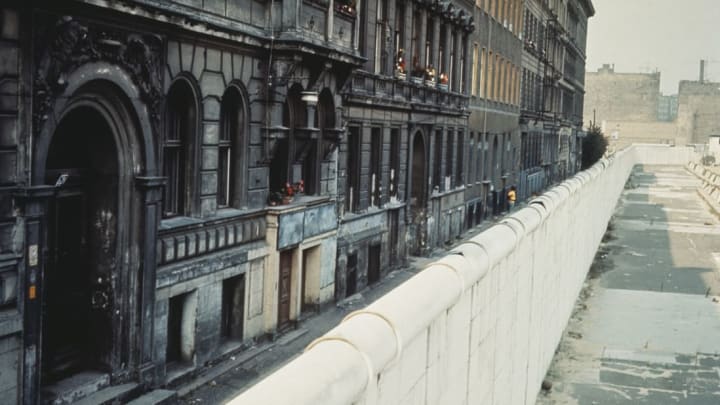One of history's most notorious barriers broke ground early in the morning on August 13, 1961, when East German construction workers, guarded by soldiers and police, began tearing up the Berlin streets.
As European history professor Konrad H. Jarausch explains in this video from Ted-Ed, the roots of the Berlin Wall can be found in the period of instability that followed World War II. When the Allies couldn't decide how to govern Germany, they decided to split up the country between the Federal Republic of Germany in the West and the German Democratic Republic in the East. Eventually, citizens (especially young professionals) began fleeing the GDR for the greater freedoms—and higher salaries—of the West. The wall helped stem the tide, and stabilized the East German economy, but came at great cost to the East's reputation. In the end, the wall lasted less than three decades, as citizen pressures against it mounted.
You can learn more about exactly why the wall went up, and how it came down, in the video below.
[h/t The Kid Should See This]
